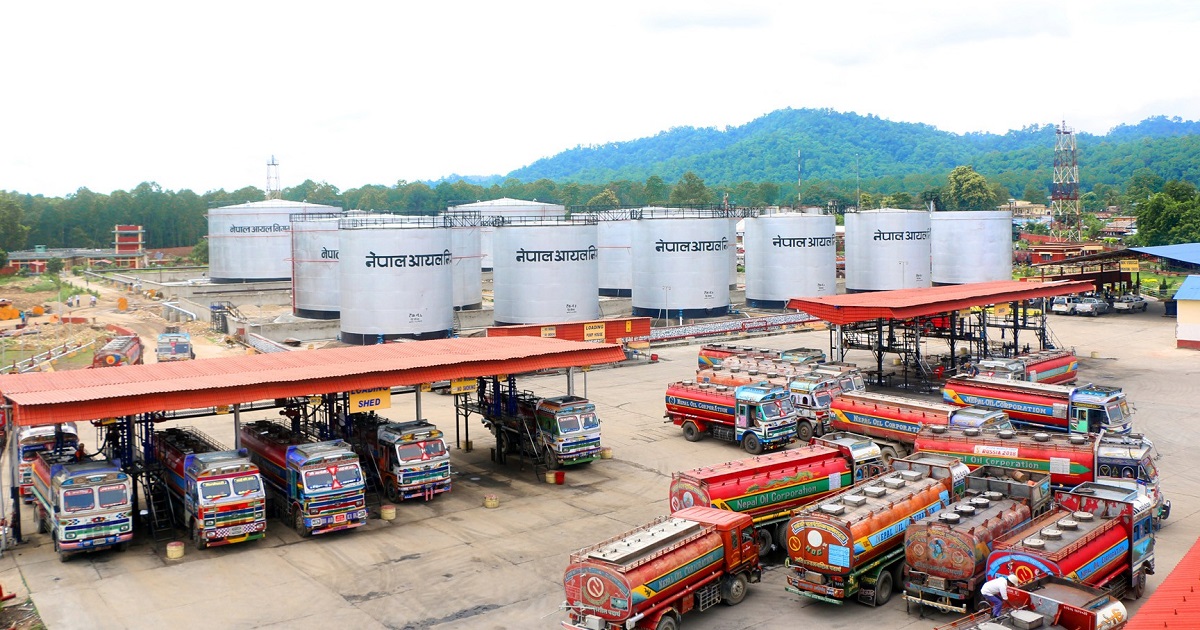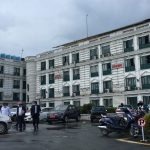ver the past five years, four hundred billion rupees have been spent on importing LP gas
The increasing use of LP gas in Nepali kitchens and industries is leading to a significant outflow of foreign currency, raising concerns about its impact on the nation’s economy.
Soaring Import Costs
According to the Nepal Oil Corporation, over a five-year period from fiscal year 2077/78 to 2081/82, Nepal imported 2.593 million metric tons of LP gas, costing an astonishing four hundred billion five hundred million rupees. This data highlights a continuously rising demand for cooking gas, which the country is fulfilling at a great financial cost.
The Department of Customs reports a steady increase in gas imports and the corresponding foreign exchange expenditure. In fiscal year 2081/82 alone, 540,000 metric tons of gas, valued at 62.55 billion rupees, were imported—a seven billion rupee increase from the previous fiscal year, 2080/81. This trend is further widening Nepal’s trade deficit and negatively impacting its economy.
Drivers of Increased Consumption
The primary reason for the rising gas consumption, especially in rural areas, is the unreliable electricity supply, despite the government’s push for electricity use. Additionally, high demand from hotels, restaurants, and industries like glass, steel, and iron contributes to the soaring consumption.
According to the National Census 2078, 44% of Nepali households use gas for cooking, but a significant portion—70%—still relies on traditional fuels like firewood and dried cow dung. This suggests a potential for future gas consumption to increase even further.
Nepal imports cooking gas from various refinery centers in neighboring India, with 55 gas industries in the country distributing it to the market. The current market price for a single cylinder of gas is 1,910 rupees.
The Path Forward
To reduce dependence on gas imports, the government must prioritize promoting the use of electricity. This includes ensuring a reliable and consistent power supply, particularly in rural areas. Offering subsidies on induction cooktops and other electrical appliances could also make electricity a more viable and accessible alternative to gas, helping to curb the foreign currency drain and secure a more sustainable energy future for Nepal.



Comments